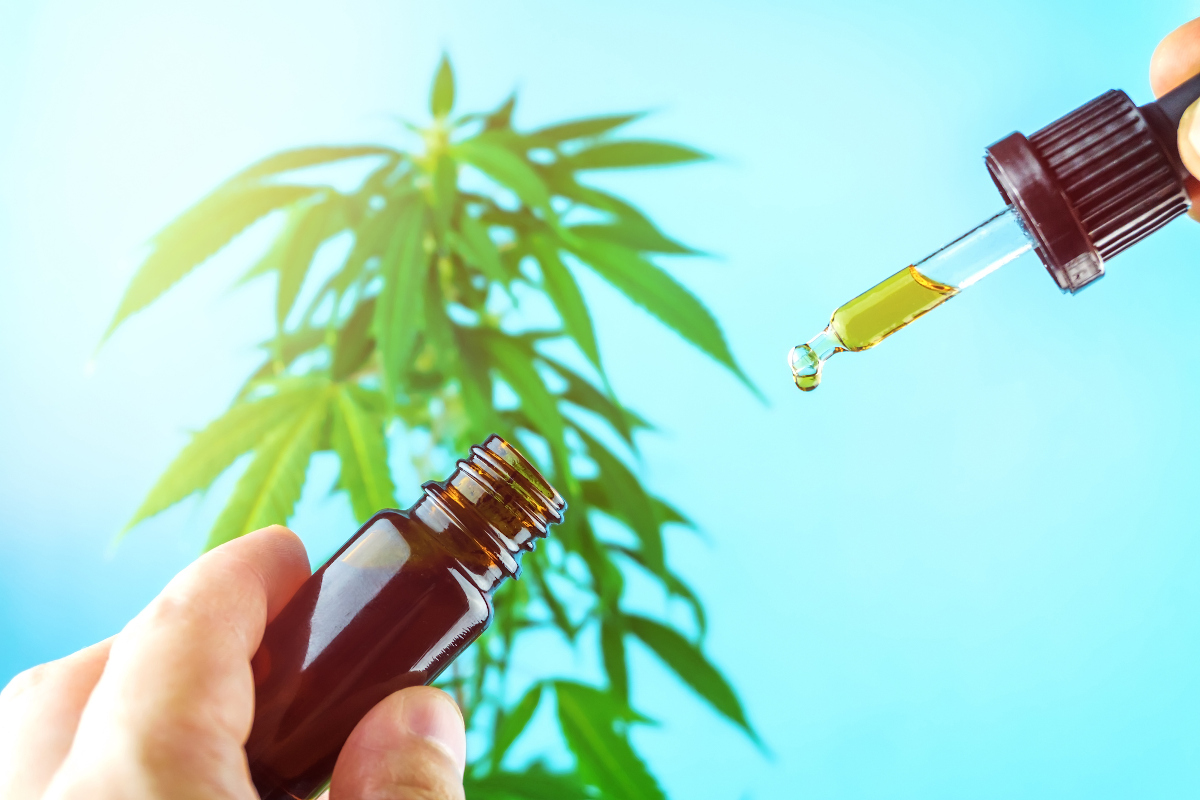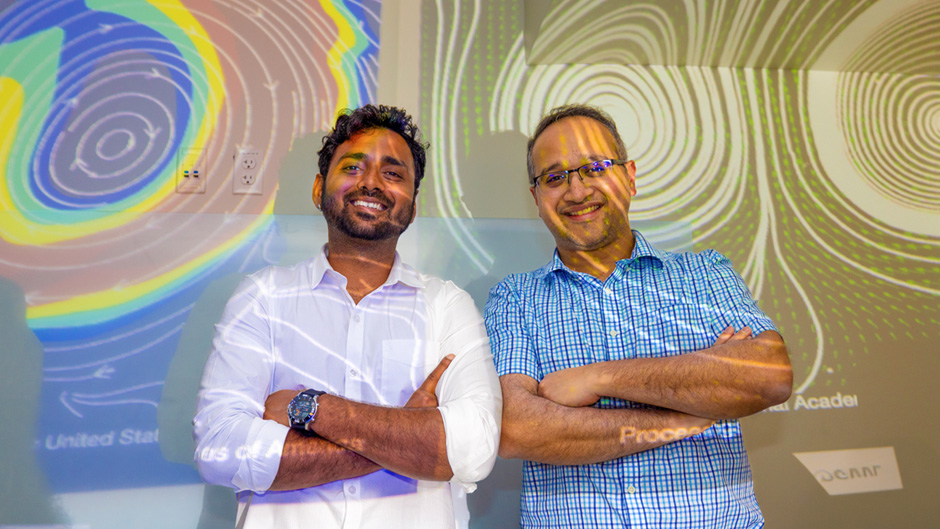The researchers evaluated whether CBD oils were better than pure CBD at inhibiting the growth of different cancer cell lines. They studied brain, skin and colorectal cancers — using two cell lines for each cancer type — and found that pure CBD was able to reduce cell viability in three of the six cell lines tested and that the effect was cell line specific and not specific to select cancers. None of the CBD oils tested were able to reduce viability to a greater extent than pure CBD.
Prior research found that CBD or tetrahydrocannabinol (THC) can reduce cancer cell viability in some cancer cell models. Proponents of medical marijuana argue that there is an additive effect between the various compounds in the plant material that increases its therapeutic efficacy compared to individual, pure cannabinoid compounds. Kent Vrana, professor and chair of the Department of Pharmacology, said the study did not support this concept, known as the “entourage” effect.
“Based on our results, we recommend that specific investigations on the entourage effect be carried out when determining the therapeutic uses of medical marijuana and other cannabinoid products,” Vrana said.
Wesley Raup-Konsavage, co-author of the study published in the journal Medical Cannabis and Cannabinoids, said the study was carefully designed so that the amounts of CBD oil used for testing had an equivalent amount of CBD as the pure CBD in the experiments. The researchers obtained three types of CBD oil with certificates of analysis and had their composition verified by a third party laboratory. Equal concentrations of CBD were used to treat the six cell lines.
After evaluating the viability of the treated cell lines, researchers determined that the CBD had an effect on one of each of the colorectal cancer, melanoma and glioblastoma cell lines tested. The viability of the other cell lines tested was not significantly reduced.
Because a previous study evaluating the use of THC for treating breast cancer cells suggested that there is an entourage effect in that context, Vrana cautioned that careful testing of cannabinoids should be done for each proposed therapeutic context.
“Pure CBD had the ability to reduce certain cancer cell types’ viability in this study,” Vrana said. “It would be reckless for a consumer to assume that a CBD oil product off the shelf could have the same effects for them, which is why careful studies around the entourage effect are needed for each intended therapeutic application.”
Vrana said that even if there were cases where the entourage effect were proven for therapeutic uses, cannabinoid products are unregulated and consumers would not be able to know in many cases whether an off-the-shelf or off-the-street product had the right components to result in the desired therapeutic outcome.
“The variability in composition and activities of botanical extracts highlights difficulties in assessing their therapeutic potential compared to pure chemical compounds,” Vrana said. Raup-Konsavage and Vrana plan to continue investigating the “entourage” effect of cannabinoids in other therapeutic applications.
Nurgul Carkaci-Salli of Penn State College of Medicine and Kelly Greenland and Robert Gearhart of Keystone State Testing LLC also contributed to this research.
The research was supported by PA Options for Wellness, a Pennsylvania-approved medical marijuana clinical registrant. Penn State College of Medicine is a Pennsylvania-approved Academic Clinical Research Center. The funder had no involvement in study design, data collection, analysis and interpretation or the writing of the report.
About Penn State College of Medicine
Located on the campus of Penn State Health Milton S. Hershey Medical Center in Hershey, Pa., Penn State College of Medicine boasts a portfolio of more than $100 million in funded research. Projects range from development of artificial organs and advanced diagnostics to groundbreaking cancer treatments and understanding the fundamental causes of disease. Enrolling its first students in 1967, the College of Medicine has more than 1,700 students and trainees in medicine, nursing, the health professions and biomedical research on its two campuses.



